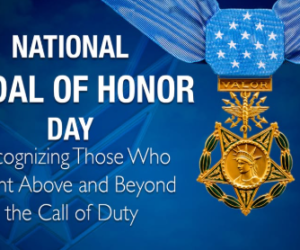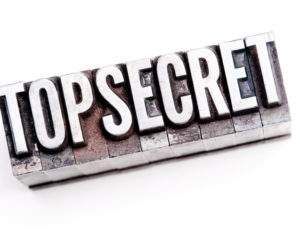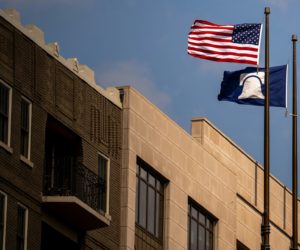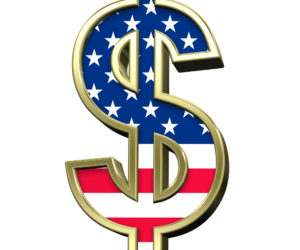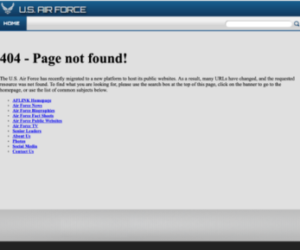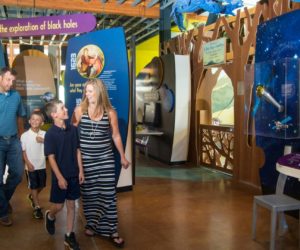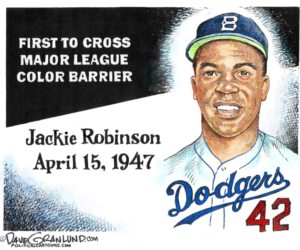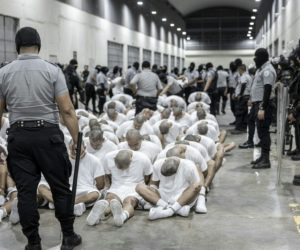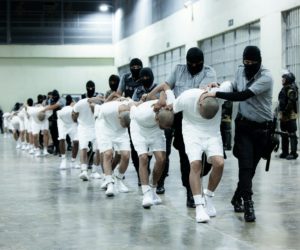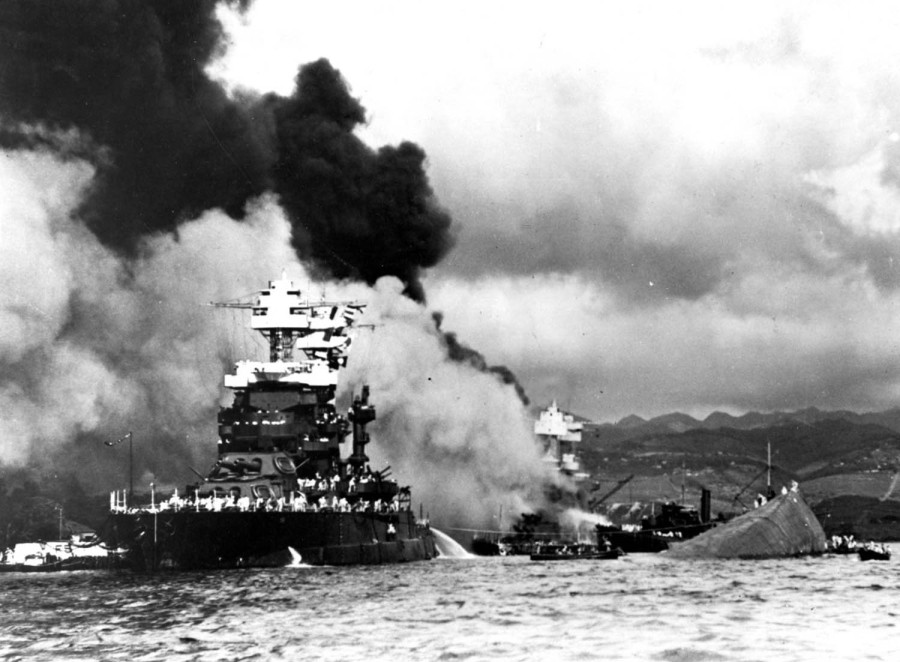
U.S. NATIONAL ARCHIVES
One of the first things I do in the morning is to log-in to The Moderate Voice and read the latest posts and comments.
This morning, it was no different.
I – perhaps along with many others – have been recently preoccupied with the horrific human toll being exacted by the raging pandemic and by the stress on our psyche (and democracy) brought about by “some” in the aftermath of the November 3 election.
I have been so distracted that I had forgotten that today is the 79th anniversary of that day that will forever “live in infamy.”
Thus, it was a wake-up call to see featured an article on something we should never forget regardless of how much other disasters or political malfeasances may distract us: the bravery of our men and women in harm’s way.
Our own Dr. Estés featured the touching story of a young, black sailor, Doris “Dorie” Miller, who acted so heroically on that day defending his ship and saving the lives of several fellow sailors, only to make the ultimate sacrifice two years later aboard another Navy ship when it was struck by an enemy torpedo.
Traditionally, on this anniversary, while we remember the brave who died on that fateful day 79 years ago, we do not forget the survivors of the tragedy, a group of men and women who shrink in numbers every year, but not in the legacy they represent.
Five years ago, we wrote:
While initially numbering in the tens of thousands, a December 2012 Associated Press report said that only about 2,000 to 3,000 Pearl Harbor survivors were still living then.
Many of the survivors belonged to the National Pearl Harbor Survivors Association, an organization whose members were at or in the vicinity of Pearl Harbor, Hawaii, during the Japanese attack and whose goal was to “facilitate the remembrance of the attack on Pearl Harbor, and preserve the December 7, 1941, date in People’s memories.”
While at one time the organization had over 70,000 members, the passage of time has taken such a heavy toll on its membership that in December 2011, on the 70th anniversary of Pearl Harbor, the Association was officially disbanded.
Sadly, today, there are no exact figures. USA TODAY writes: “The exact number of survivors is unclear,” adding “Only two survivors of the USS Arizona, the ship most heavily hit in the raid, are still alive. Donald Stratton, a sailor on the USS Arizona who was burned due to the attacks, died in February…”
Still, every year, on December 7, the U.S. Navy and other organizations make sure that many of the dwindling number of survivors – some of them now close to 100 years old — can travel to Pearl Harbor to be honored in remembrance ceremonies.
This year, however, in addition to the age, frailty and rapidly shrinking numbers of survivors of the attack, COVID-19 has put its grim mark on such events.
The Stars and Stripes reports that due to the pandemic, no World War II veterans will be on hand for Monday’s 79th anniversary remembrance of the Pearl Harbor attack, “to stand in for the pain, sacrifice and heroism of that day and the longer war.”
Five survivors “are being given priority to visit the USS Arizona Memorial with family members and have a moment of reflection with the fallen after the live-streamed morning ceremony, which will also have no public attendance due to the virus,” the Stars and Stripes adds.
Hopefully next year, on the 80th anniversary, we will be able to resume the tradition with renewed commitment and urgency.
Below is a brief historical reminder of the significance of that day 79 years ago, by the Naval History and Heritage Command:
It was 6 a.m. on Dec. 7, 1941, when six Japanese carriers launched a first wave of 181 planes composed of torpedo bombers, dive bombers, horizontal bombers and fighters toward Hawaii. The Japanese aircrews achieved complete surprise when they hit American ships and military installations on Oahu shortly before 8 a.m. More than 90 ships were anchored in Pearl Harbor, but the Japanese’s primary targets were the eight battleships anchored there. Seven were moored on Battleship Row along the southeast shore of Ford Island while the USS Pennsylvania (BB 38) lay in dry dock across the channel.
The attack ended shortly before 10 a.m., less than two hours after it began, and the American forces paid a heavy price. Twenty-one ships of the U.S. Pacific Fleet were sunk or damaged, 188 aircraft destroyed and 159 damaged, the majority hit before they had a chance to take off. American dead numbered more than 2,000 with more than 1,000 military and civilian wounded. The attack which horrified a nation was the catalyst that brought America into World War II.

